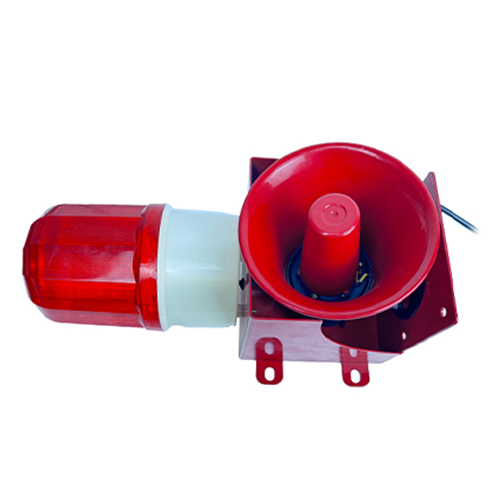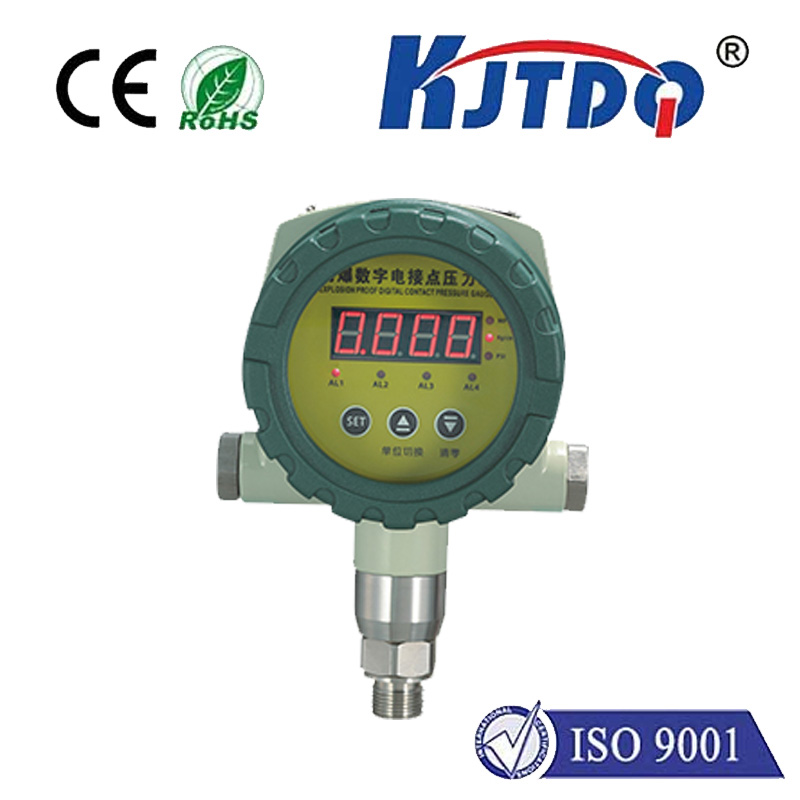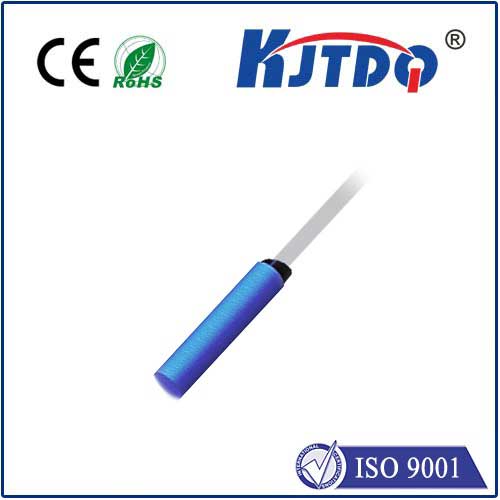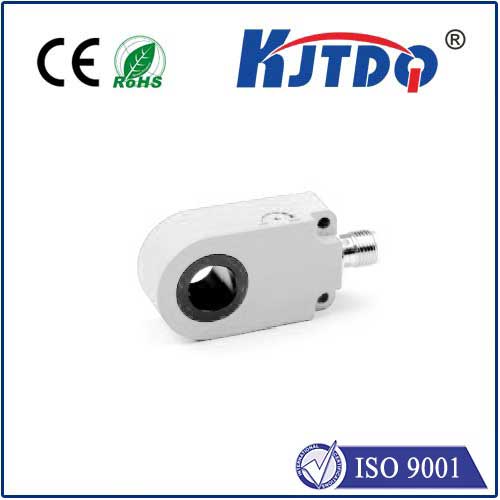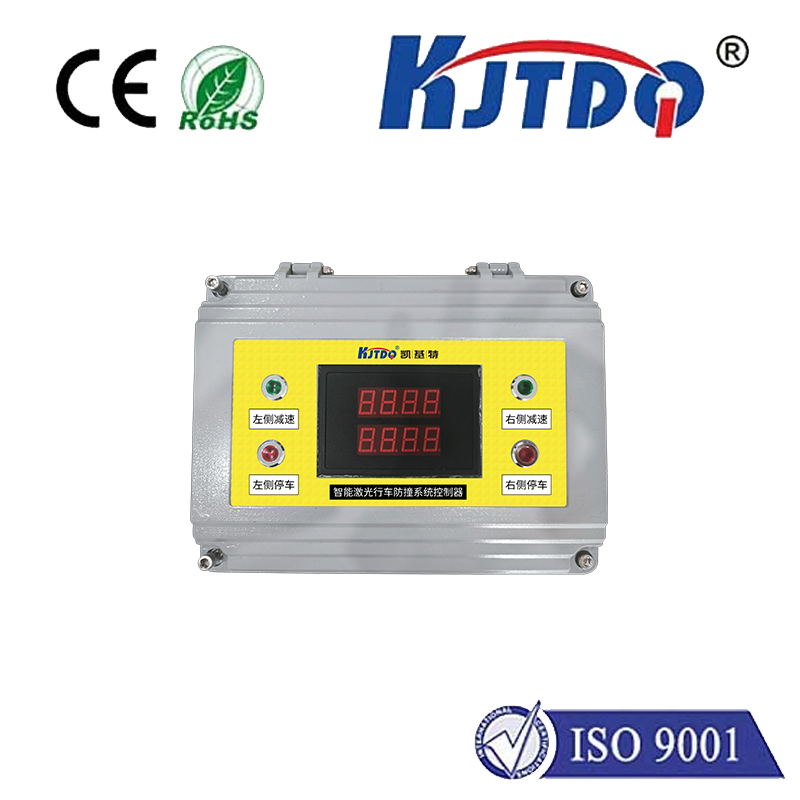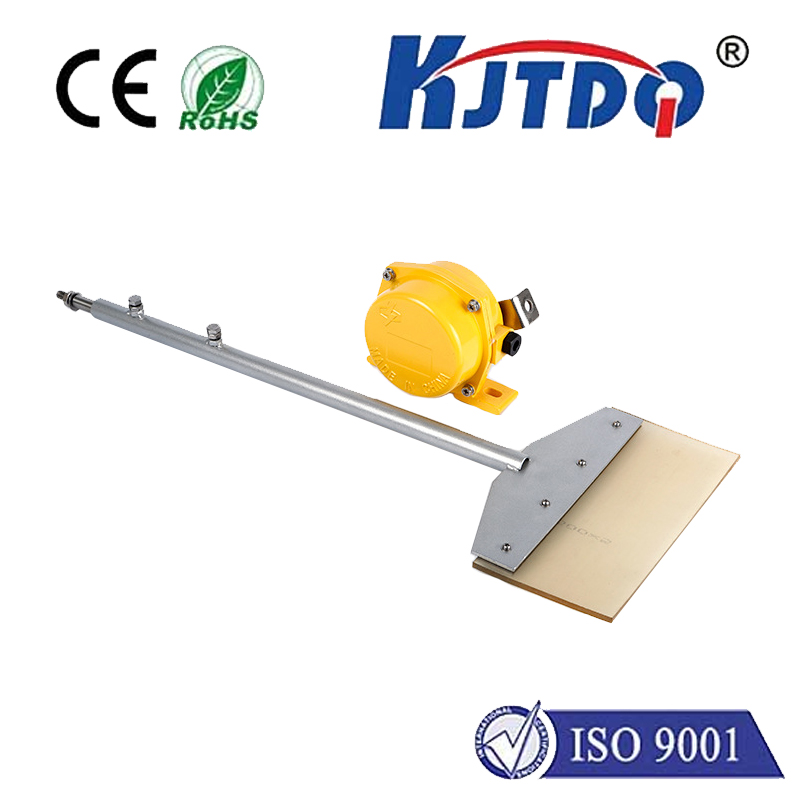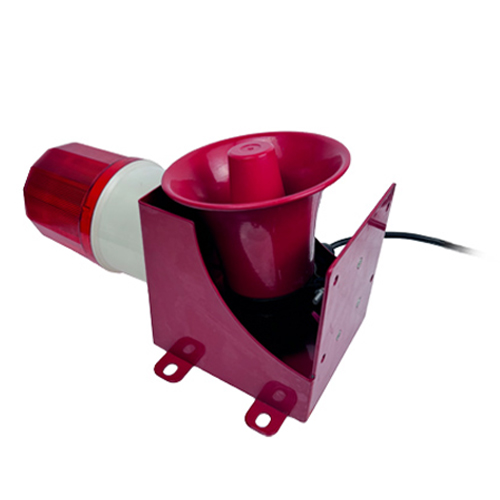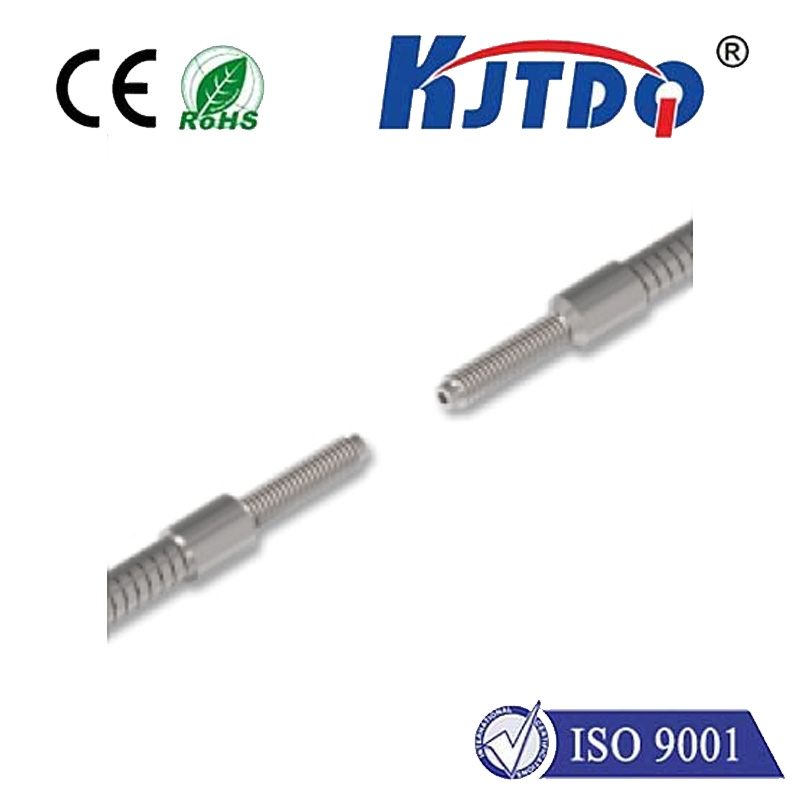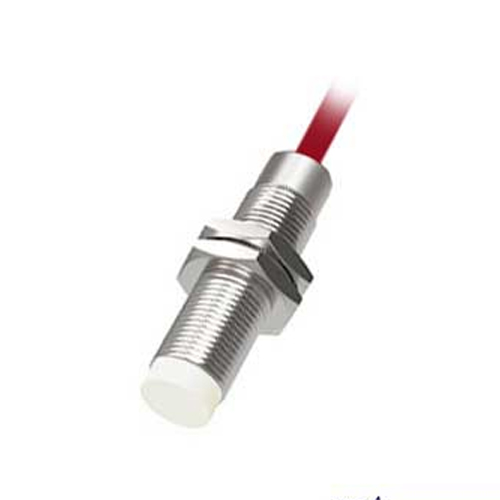hall effect voltage sensor
- time:2025-07-03 00:24:15
- Нажмите:0
Hall Effect Voltage Sensors: The Silent Guardians of Safe & Isolated Measurement
In today’s complex electrical landscapes – from solar inverters humming on rooftops to powerful motor drives in factories, and the sophisticated battery systems propelling electric vehicles – there’s an invisible hero quietly ensuring safety, efficiency, and control: the Hall Effect voltage sensor. These ingenious devices provide a critical window into voltages without direct physical contact, enabling intelligent control systems to function reliably. But how do they work their magic, and why are they so indispensable? Let’s demystify this cornerstone of modern power electronics.
Understanding the Core: The Hall Effect Principle
At the heart of every Hall Effect voltage sensor lies a fundamental physics phenomenon discovered by Edwin Hall in 1879. Simply put, when a conductor or semiconductor (the Hall element) carrying an electrical current is placed perpendicular to a magnetic field, a voltage difference appears across it. This voltage, known as the Hall voltage, is directly proportional to the strength of the magnetic field and the current flowing through the conductor. Crucially, this generated voltage is electrically isolated from the primary current path.
From Magnetic Field to Voltage Measurement: The Sensor’s Ingenuity
So, how does this translate to measuring voltage? A Hall Effect voltage sensor cleverly combines this principle with a few key components:

- Primary Conductor: This carries the voltage (or current proportional to voltage) you want to measure. When this voltage/current flows, it generates a proportional magnetic field around it.
- Magnetic Core: A ferromagnetic ring (often toroidal) encircles the primary conductor. This core concentrates the magnetic field generated by the primary current.
- Hall Element: Positioned precisely within a small air gap cut into the magnetic core. It sits directly within the concentrated magnetic flux.
- Signal Conditioning Circuitry: This is where the magic happens. The tiny Hall voltage generated in the element is amplified, adjusted for temperature variations, and precisely calibrated. Crucially, this entire circuitry is electrically isolated from the primary conductor.
- Output Stage: The conditioned signal produces an output voltage or current that is proportional to the primary voltage being measured. This output is safe, low-voltage, and easily interfaced with control circuits like microcontrollers or PLCs.
Why Hall Effect Voltage Sensors Reign Supreme: Key Advantages
The unique operating principle grants Hall Effect voltage sensors significant advantages over traditional measurement methods like resistive dividers or shunt resistors:
- Galvanic Isolation: This is the paramount benefit. The sensor creates an impenetrable barrier (typically rated in kV) between the high-voltage primary circuit and the low-voltage control/sensing side. This prevents dangerous high voltages from reaching sensitive electronics and personnel, enhancing safety and protecting equipment.
- Non-Contact Measurement: There is no direct electrical connection to the primary voltage. This eliminates loading effects, power dissipation issues common with resistive dividers, and potential points of failure.
- DC and AC Compatibility: Hall Effect sensors inherently measure the magnetic field caused by current flow. This allows them to accurately measure both direct current (DC) and alternating current (AC) voltages (within their specified frequency bandwidth), making them incredibly versatile.
- Wide Measurement Range: These sensors can be designed to handle a vast spectrum of voltages, from tens of volts to thousands of volts, by optimizing the core and signal conditioning.
- Low Power Loss: Compared to shunt resistors which dissipate significant power (I²R losses), Hall Effect sensors introduce minimal losses into the primary circuit, increasing overall system efficiency.
- Linearity and Accuracy: Modern Hall sensors offer excellent linearity across their operating range and good accuracy, essential for precise control and monitoring.
- Compact Size and Robustness: They are generally smaller and more mechanically robust than bulky shunt-plus-isolation amplifier combinations.
Hall Effect vs. Traditional Methods: A Quick Comparison
| Особенности |
Hall Effect Voltage Sensor |
Resistive Divider |
Shunt Resistor + Isolation Amp |
| Isolation |
Inherent Galvanic Isolation |
Нет. |
Requires Additional Isolation |
| Measurement Type |
Non-Contact |
Direct Contact |
Direct Contact |
| Power Loss |
Very Low |
High (Due to Divider) |
High (I²R Loss in Shunt) |
| DC/AC Capability |
DC & AC |
DC & AC |
DC & AC |
| Безопасность |
High (Isolated Output) |
Low (Direct Connection) |
Medium (Depends on Amp) |
| Size/Complexity |
Typically Compact & Integrated |
Simple, but No Isolation |
Bulky (Shunt + Amp Modules) |
Where are They Used? Pervasive Applications
Thanks to their safety and versatility, Hall Effect voltage sensors are ubiquitous:
- Variable Frequency Drives (VFDs): Critical for DC bus voltage monitoring and control in motor drives.
- Возобновляемые источники энергии: Measuring DC link voltage in solar inverters and wind turbine converters.
- Electric Vehicles (EVs) & Hybrids: Monitoring high-voltage battery packs, motor controller DC links, and charging systems.
- Uninterruptible Power Supplies (UPS): Sensing battery voltage and inverter output voltage.
- Power Supplies (SMPS): Providing isolated feedback for output voltage regulation in switch-mode power supplies.
- Industrial Automation & Control: Safely monitoring voltages in PLC systems, motor controllers, and power distribution units.
- Overvoltage/Undervoltage Protection: Enabling fast, isolated detection of abnormal voltage conditions for protective relaying.
Choosing the Right Hall Effect Voltage Sensor: Key Considerations
Selecting the optimal sensor requires careful thought about your application’s demands:
- Primary Voltage Range: Ensure the sensor covers your nominal and potential peak/transient voltages.
- Isolation Voltage Rating: Must exceed the maximum potential voltage difference between primary and secondary circuits for safety compliance.
- Output Signal Type & Range: Common options are analog voltage (e.g., 0-5V, ±10V) or analog current (e.g., 4-20mA). Match it to your control system input.
- Accuracy & Linearity: Define the level of precision needed (% of reading or full-scale). Consider temperature drift specifications.
- Bandwidth: Required frequency response (e.g., DC to kHz) dictates how well the sensor tracks fast voltage changes or transients.
- Power Supply Requirements: Specify the voltage needed for the sensor’s internal electronics.
- Physical Size & Mounting: Consider space constraints and connection method (PCB mount, panel mount, DIN rail).
- Temperature Range: Ensure operation within the environmental conditions of your system.
The Unseen Sentinel
Often working unseen within enclosures and control panels, Hall Effect voltage sensors are fundamental to the safe, efficient, and intelligent operation of countless modern electrical systems. By providing isolated, non-contact measurement of both AC and DC voltages, they overcome the significant limitations and hazards of traditional methods. From enabling the green energy revolution to powering our electric mobility and industrial automation, their ability to safely interface high-power circuits with sensitive control electronics makes them an indispensable component. Understanding their operation and advantages is key for any engineer designing reliable power conversion, control, and monitoring systems.

